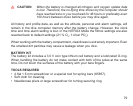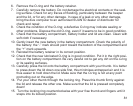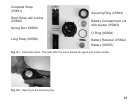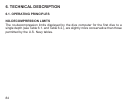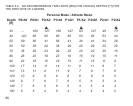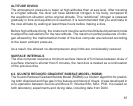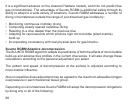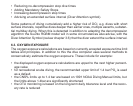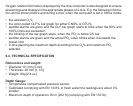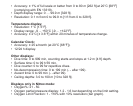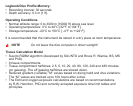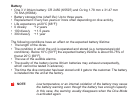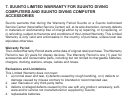87
ALTITUDE DIVING
The atmospheric pressure is lower at high altitudes than at sea level. After traveling
to a higher altitude, the diver will have additional nitrogen in his body, compared to
the equilibrium situation at the original altitude. This “additional” nitrogen is released
gradually in time and equilibrium is reached. It is recommended that you acclimate to
the new altitude by waiting at least three hours before making a dive.
Before high altitude diving, the instrument must be set to the Altitude Adjustment mode
to adjust the calculations for the new altitude. The maximum partial pressures of nitro-
gen allowed by the mathematical model of the dive computer are reduced according
to the lower ambient pressure.
As a result, the allowed no-decompression stop limits are considerably reduced.
SURFACE INTERVALS
The dive computer requires a minimum surface interval of 5 minutes between dives. If
a surface interval is shorter than 5 minutes, the next dive is treated as a continuation
of the previous dive.
6.2. SUUNTO REDUCED GRADIENT BUBBLE MODEL (RGBM)
The Suunto Reduced Gradient Bubble Model (RGBM) is a modern algorithm for predict-
ing both dissolved and free gas in the tissues and blood of divers. It was developed in
a co-operation between Suunto and Bruce R. Wienke BSc, MSc. PhD. It is based on
both laboratory experiments and diving data, including data from DAN.



